
Fermented foods appear to be hanging around despite the fact that culinary trends come and go. People have been fermenting food for thousands of years, from kimchi to kombucha. And have the questions "Is kimchi gluten-free?".
What is the definition of fermented food? This is food that has been generated or stored by microorganisms such as yeast or bacteria. I
t's a natural process, with the alcohol or acids serving as natural preservatives.
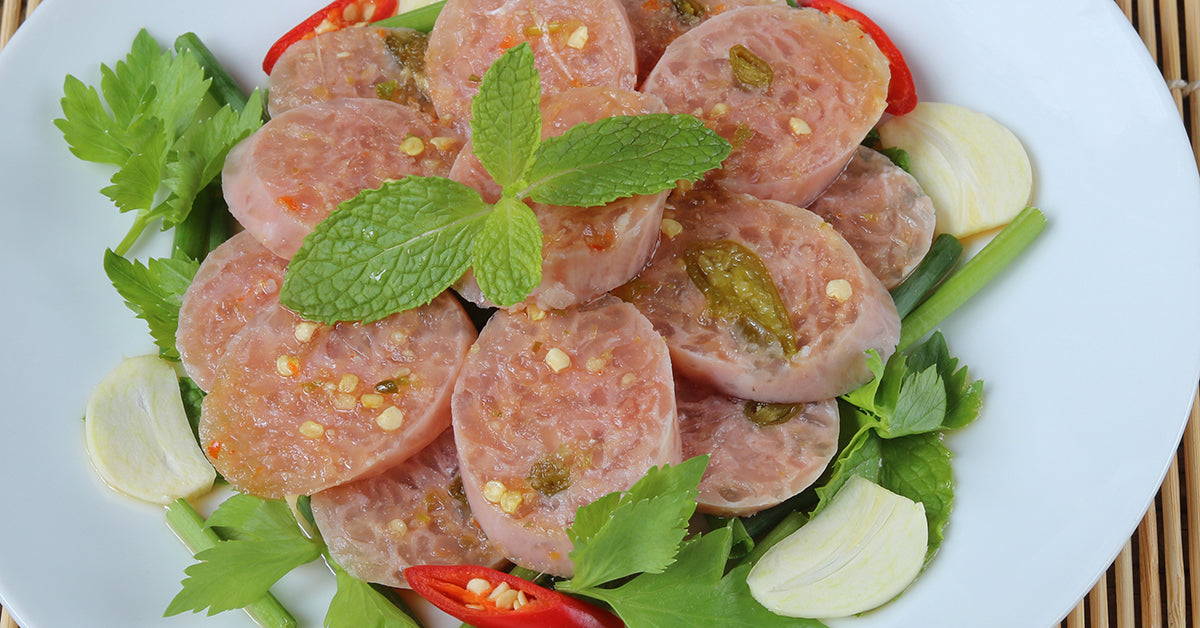
It usually produces a characteristic tart flavor.Fermented foods are believed to be beneficial to your digestive system since they are easier to digest. Plus, these fermented dishes from throughout the world are delicious!
AtCultures for Health, we believe everyone’s life can be improved by adding more homemade probiotics from cultured and fermented foods to their diet. Our goal is to provide all the products, information, and support our customers need to successfully incorporate healthy, nutrient-rich foods into their lives.
Best of all, this month, you can enter to win a giveaway from “Cultures For Health” for $134 worth of product! Clickhere to be directed to the page to enter. Or, even easier, text the word “GIVEAWAY” to 1-833-760-1513.

A Little Background on Fermentation
Fermentation is a natural process that predates the human species.
This makes it quite difficult to track down the exact origins of it; however, historians believe that signs of fermentation in food and beverage preparation date back as far as 7000 BC.

However, it wasn't until the mid-nineteenth century that people realized what was causing their food to ferment. Louis Pasteur, a French scientist, was the first to link yeast to the fermentation process in 1856, making him the first zymologist - or someone who studies the applied science of fermentation.
Pasteur first characterized fermentation as "respiration without air," and he realized that fermentation could never proceed without simultaneous cellular growth and organization, based on his observations.
The process was originally embraced because it helped make food more digestible and palatable. It was also used to give food a longer shelf life.
Fast forward to modern times and we have a multitude of techniques that emerged across different cultures from all around the globe.
Every region has at least one unique dish as a part of its cultural heritage. Let’s look at some of the known, and not so known, cultural partnerships with microbes!
Every Region Ferments!
Miso–Japan/Korea
Miso has been a part of the Japanese people's heritage for over 1,300 years.
For the Japanese, miso is a must-have condiment.
It's also recognized as a nutrient-dense fermented soybean food. Rice miso, barley miso, soybean miso, and mixed miso are the four most common types of miso. Rice miso accounts for over 80% of miso made in Japan today.
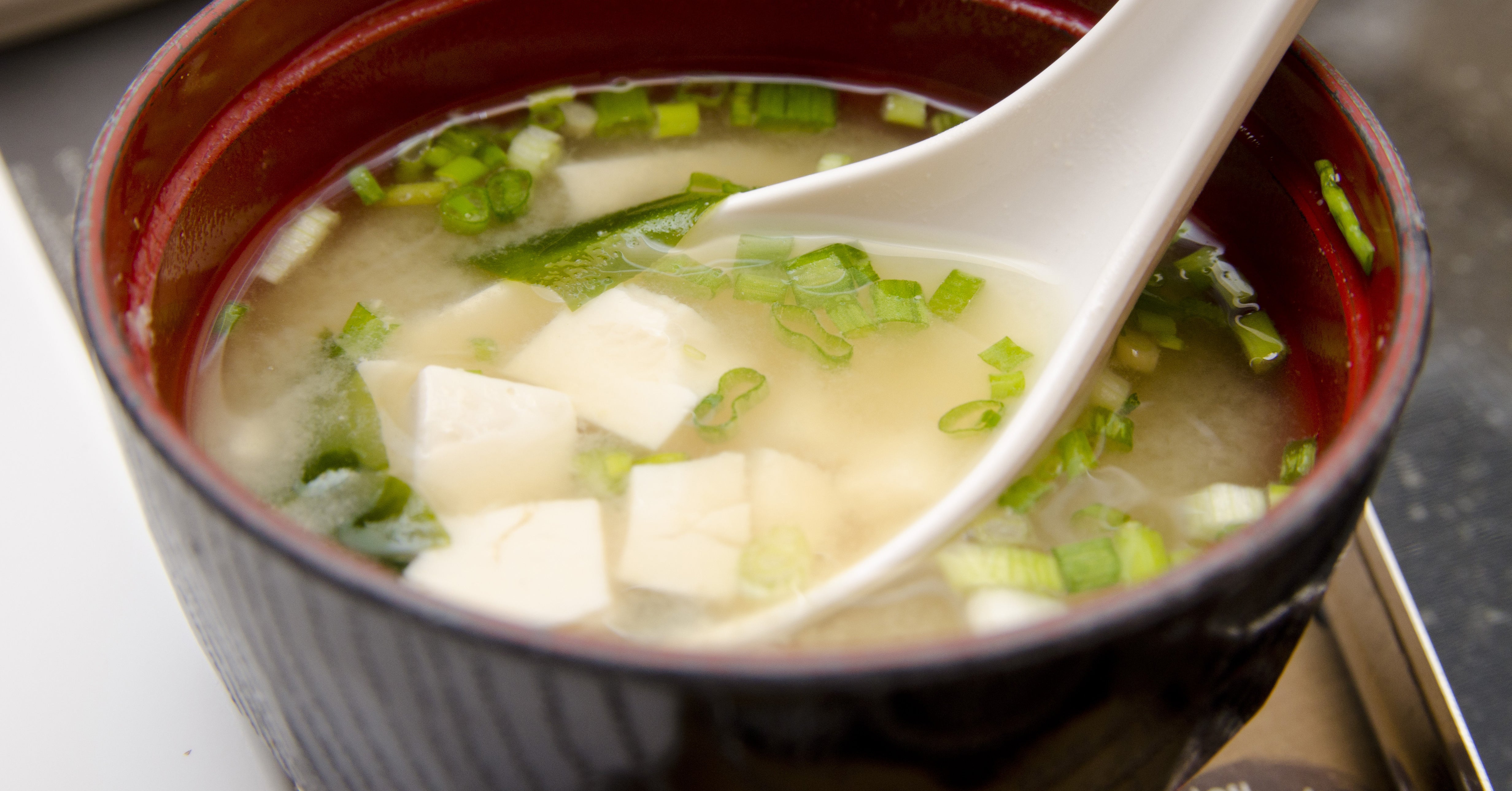
This fermented paste has a similar texture to peanut butter. It’s a concoction of soybeans, grain, salt and koji (a mold).
The paste can be smooth or chunky and ferments anywhere from a few weeks to several years. It’s a great salty additive to many dishes, including the popular sushi side dish:Miso Soup!
Puto–Philippines
Puto is also anumbrella term for various kinds of indigenous steamed cakes, including those made without rice. It is the perfect base for sweet or savory toppings.
Many Filipinos will top this semi-sweet patty with cheese or a sweet coconut mixture.
They traditionally produced Puto using fermented rice, water, and sugar. The technique of making these delightful bite-sized rice cakes is simple, but the fermentation takes some time.
Check also to know more about coconut yogurt recipe, homemade coconut milk recipe and sourdough flatbread recipe.
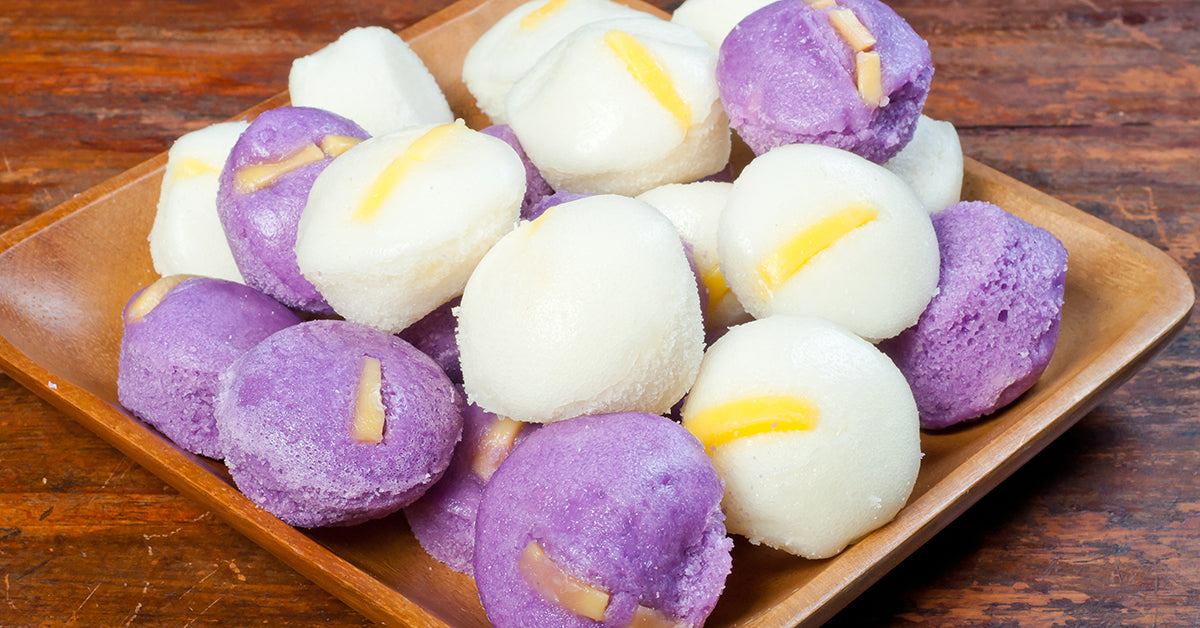
To get a smoother texture, rice is soaked in water and passed through a rice milling machine.
After all of the components have been combined, the mixture is fermented for a few days in earthen jars.
If you see how they create it on YouTube, you'll be amazed at the massive molds they use and how rapidly they pour the goo.Modern variants ofputo may also use non-traditional ingredients likeube (purple yam), vanilla or chocolate.
Curtido–El Salvador
A dish similar to kimchi and sauerkraut, this Salvadoran slaw is traditionally made with cabbage, red onion, carrot, oregano and vinegar.
This lightly fermented dish is enjoyed on its own or with fish tacos.Curtido can be very simple to make, has a short fermentation period (3 days although you could easily go longer) and is very delicious.
What to know more on what to eat with sauerkraut? Check on it.
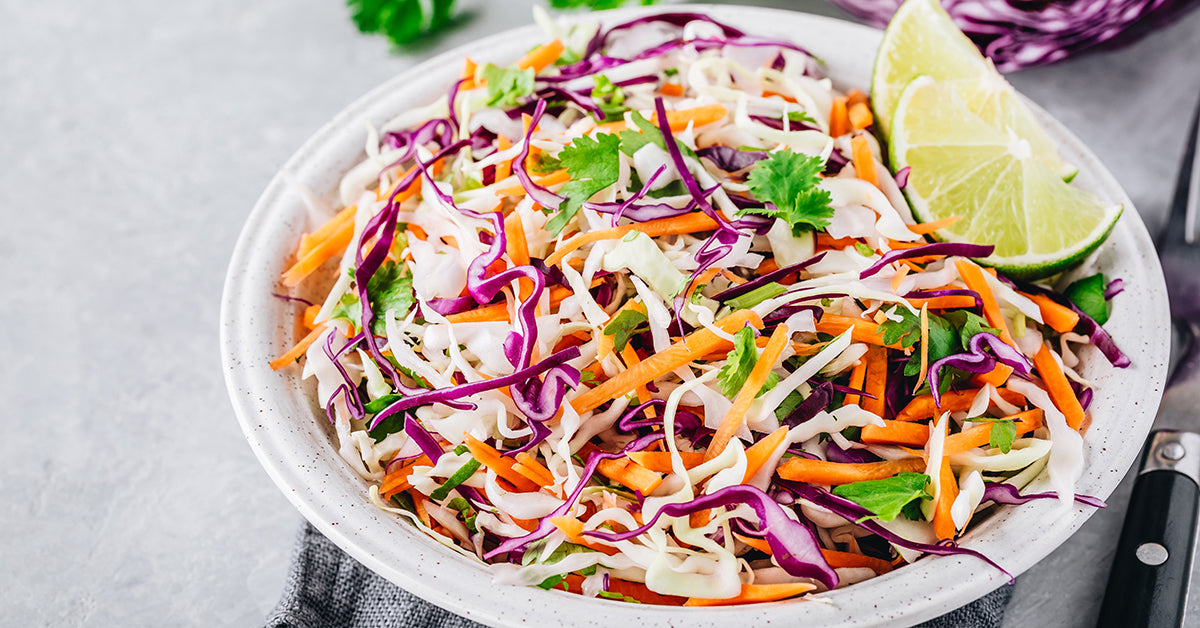
Just like any fermented vegetable or sauerkraut, curtido can be customized with the flavors you love most. Want a little more spice?
Try adding jalapeños... or even hotter peppers like habaneros! It’s all up to you. That’s the beautiful thing about cooking and especially fermenting: everything is totally customizable!
We have many variations ofslaw and sauerkraut recipes to pick from. These are all winners, especially the apple andsauerkraut coleslaw!
Check also more of the benefits of sauerkraut.
Kefir–Eastern Europe
A fermented milk beverage commonly referred to as the champagne of the dairy world. This is due to its complex flavor profiles and slightly alcoholic attributes.
The lightly carbonated milk is packed with health benefits and has a large spectrum of probiotics.
It has the flavor of drinkable yogurt and is high in calcium and probiotics. Probiotics in kefir, like yogurt, help break down lactose, making it simpler to digest for lactose intolerant people. Kefir tastes great in smoothies or on its own.
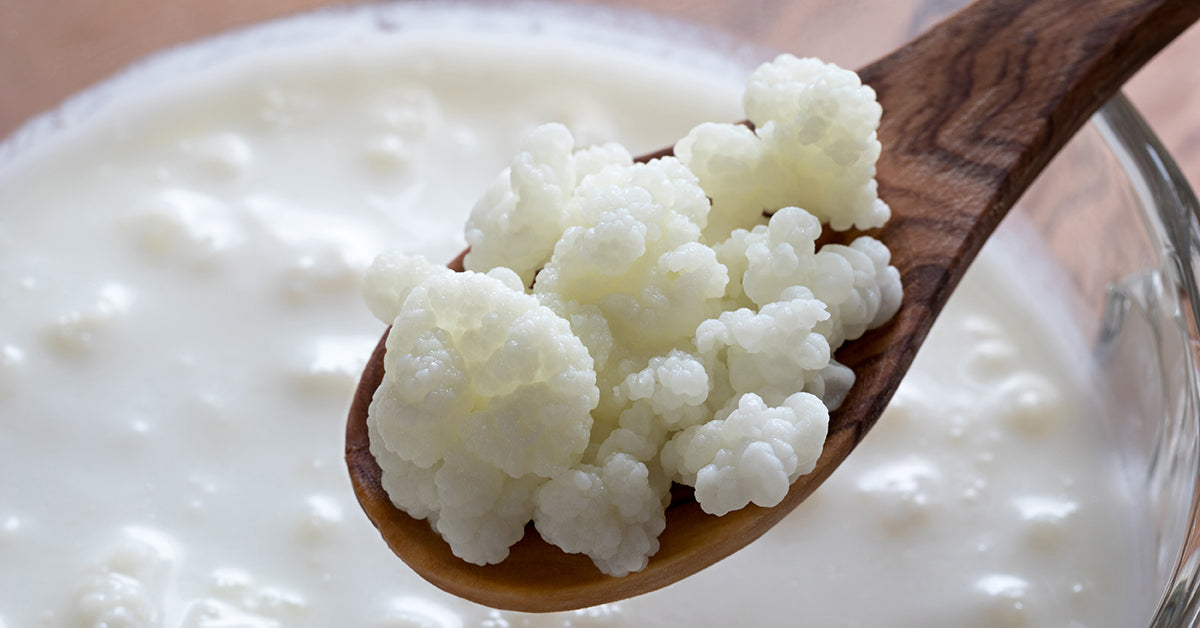
Despite the fact that there are many other forms of fermented milk available around the world, milk kefir is unique in that it is created with kefir "grains."
Kefir grains are actually symbiotic colonies of bacteria and yeast in a protein and lipid matrix, rather than true grains.
The lactose in milk is broken down into lactic acid and other healthy components by kefir grains, which resemble cauliflower bits.
There are many ways toflavor the milk kefir. The most commonly used flavor extract is vanilla, which, though simple, is very delicious.
Be sure to remove the grains before adding a flavor extract. Whole vanilla beans or cinnamon sticks can be used as well. Other fun ideas include fresh preserves, chocolate or cocoa nibs, and even fruit juices.
Doogh–Iran/Syria/Lebanon
A refreshing yogurt drink that uses just 4 ingredients: yogurt, water, salt and herbs or carbonated water. This tangy, salty beverage pairs perfectly with spicy foods and is especially refreshing in the summer.

To make doogh, mix equal parts goat or ewe yogurt with the same amount of still or sparkling water and a pinch of salt.This mixture is emulsified to produce a frothy concoction that should be combined with crushed ice and mint leaves.
Dry mint can be substituted for fresh mint, and the amount of water can be changed to achieve varied outcomes. With more water, the beverage will be more liquid and less creamy.
Doogh is served as an addition to shish kebabs, marinated and grilled meat skewers, in Iran.
Kvass–Russia
Similar toKombucha, Kvass is brewed at homes in Russia, but you can also buy it bottled at the grocery store.
The fermented beverage is made from rye bread and is often flavored with strawberries or other fruits.

The color of the bread used contributes to the color of the resulting drink. Generally, the alcohol content is under 1%. The longer it sits in the fridge, the more slightly “alcoholic” it gets, but it’s still considered non-alcoholic.
Traditional kvass cultures are wild, and they were likely begun in the same way as sourdough and then propagated continuously from there.
A teaspoon of sourdough starter is the easiest method to make kvass.
Ready to try making your own kvass at home?We have some recipes that will help you with flavors!
Poi–Hawaii/Polynesia
The traditional Hawaiian staple of Poi is a starchy dish made by pounding boiled taro roots with water until it reaches a sticky, paste-like and purple consistency. The pounding also aids in fermentation.
Though fresh poi is naturally sweet, it loses its sweetness over time and becomes slightly sour.
Because of this, many people sweeten the paste with sugar or other sweeteners, which can be eaten for breakfast, on bread or rolls, or even paired with fish as one of Hawaii's many traditional dishes.

Poi, which has a reputation for being a mystery food that only the bravest visitors will try, is not typical of Western tastes and mouthfeels.
However, after you've gotten used to the distinct flavor of this age-old cuisine, you'll appreciate the many health benefits it offers.
Injera–Ethiopia
Injera is an Ethiopian flatbread prepared from fermented teffsourdough. Teff is a mineral- and protein-rich ancient grain that is gluten free by nature.
Teff's nutritional value is significantly enhanced through fermentation. Injera is a gluten-free, grain-free alternative to wheat flour crepes.
Injera is traditionally made on a clay plate, called a mitad, which is placed over an open fire.

This sourdough style flatbread has a porous and slightly spongy texture. It is mostly used as a vehicle or utensil for stews and sauces. This shareable bread is traditionally passed at the table where guests tear off portions to enjoy alongside their meal.
Chin Som Mok–Thailand
This dish is prepared with minced raw pork and pork skin, large amounts of cooked sticky rice, chili peppers, garlic, sugar and salt.
Experts suggest you select pork from the neck part as it is tender and has more fat to make a good fermented or sour pork.
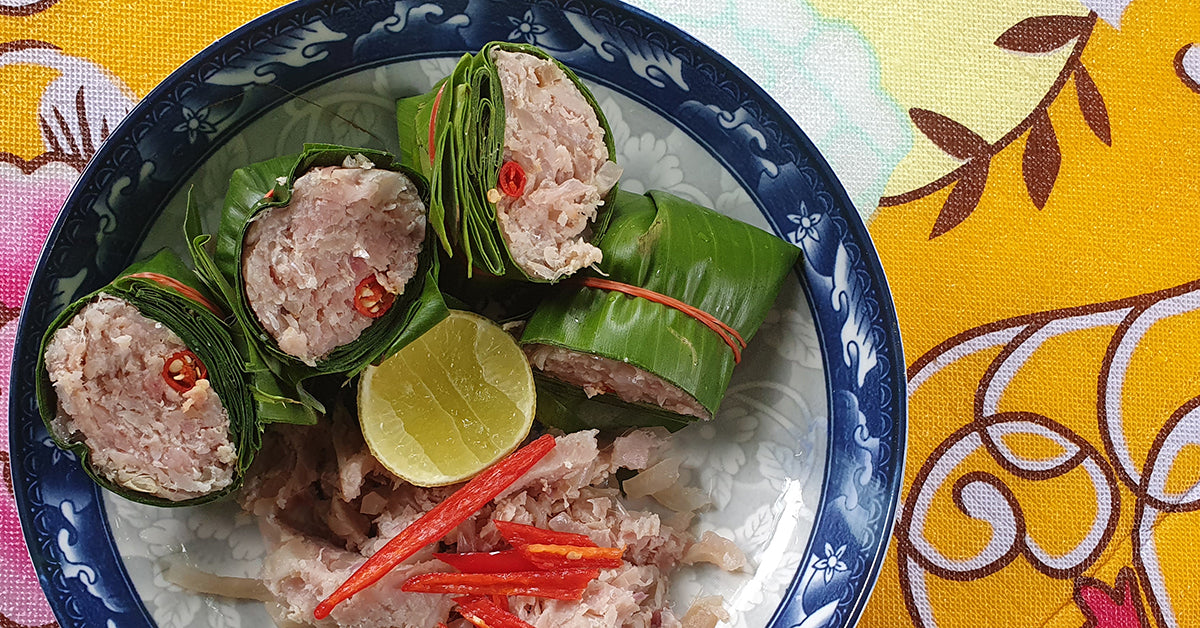
The mix is encased in banana leaves and left to ferment for three to five days. After the fermentation process is complete, you grill the whole banana leaf and enjoy the mixture that is inside.
Tempeh– Indonesia
Tempeh is the less processed cousin to tofu which comes from our tofu kit. Besides soybeans, tempeh contains mold. The two are bound in a delicious block by the fermentation process.It is made by a natural culturing and controlled fermentation process that binds soybeans into a cake form.
A fungus,Rhizopus oligosporus, is used in the fermentation process and is also known as tempeh starter.
It is particularly popular on the Indonesian island of Java, where it is a primary protein source. Tempeh is created from soybeans, just like tofu, but it is a complete soybean product with different nutritional and sensory features.
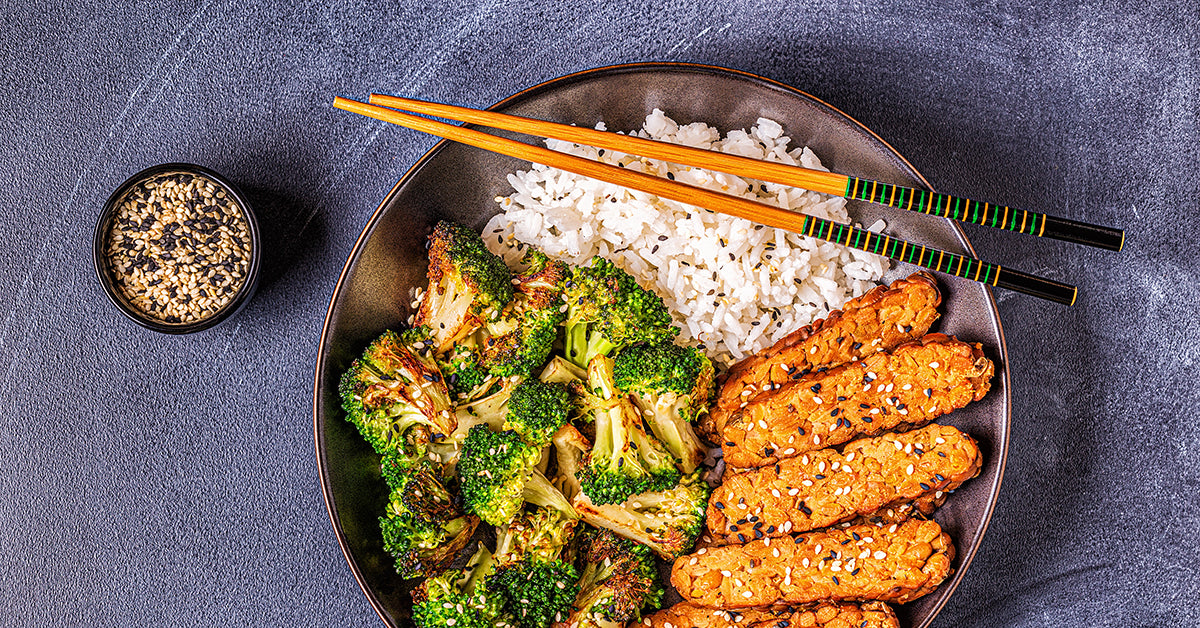
Tempeh is also popular because it serves as a great meat substitute for vegans and vegetarians. Its versatile flavor possibilities are endless, depending on the marinade or spices used in preparing it.
Tempeh can be steamed, fried, boiled, or baked. The sky's the limit with this versatile little brick of fermented goodness!
Cultures Are Everywhere!
The possibilities are endless withcultured foods. You can customize any recipe that you find to match your personal taste. Too tangy? You can cut back on the fermentation time and control that.
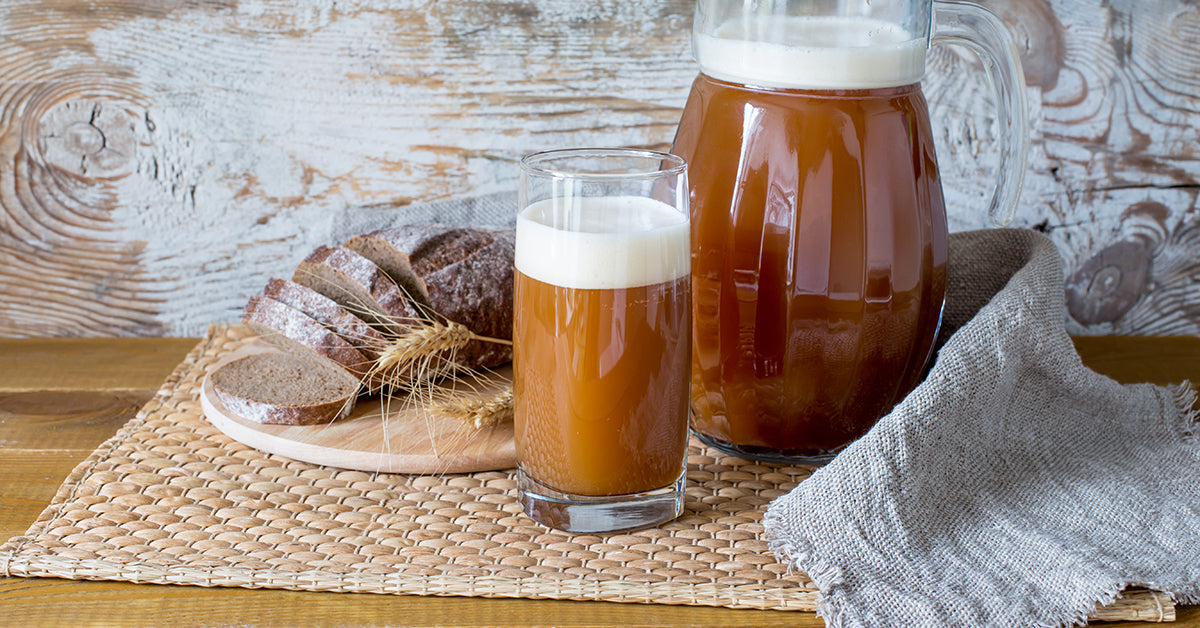
Not only does fermentation help enhance food preservation, but eating fermented foods can also boost the number of beneficial bacteria, or probiotics, found in your gut.
Fermented foods may reduce heart disease risk and aid digestion, immunity, and weight loss. Not to mention, fermented foods add tang and zest to your meals and are an excellent addition to a healthy diet. So what are you waiting for?
Try something new today! You can start atCultures For Healthwith a DIY kit or experiment with a new recipe.
Best of all, this month, you can enter to win a giveaway from “Cultures For Health” for $134 worth of product! Clickhere to be directed to the page to enter.
Or, even easier, text the word “GIVEAWAY” to 1-833-760-1513.












